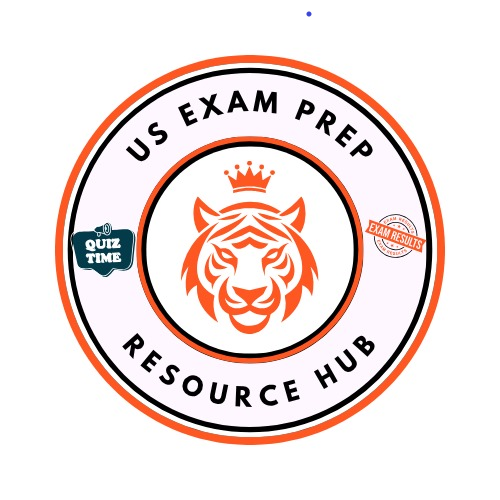Entry Exam Category: College Admission Exams
Course: Accuplacer
Exam: Accuplacer Reading Sample Questions Practice Test
Practice Question
Extract
Read the passage(s) below and answer the question on the basis of what is stated or implied in the passage(s) and in any introductory material that may be provided.
Passage
The phenomenon of simultaneous discovery-what science historians call "multiples"-turns out to be extremely common. One of the first comprehensive lists of multiples was put together in 1922 by William Ogburn and Dorothy Thomas; they found 148 major scientific discoveries that fit the multiples pattern. Working independently, both Newton and Leibniz discovered calculus. Three mathematicians "invented" decimal fractions. For Ogburn and Thomas, the sheer number of multiples could mean only one thing: scientific discoveries must, in some sense, be inevitable. They must be in the air, products of the intellectual climate of a specific time and place.
Adapted from Malcolm Gladwell. "In the Air ©2008 by Conde Nast
Passage
The phenomenon of simultaneous discovery-what science historians call "multiples"-turns out to be extremely common. One of the first comprehensive lists of multiples was put together in 1922 by William Ogburn and Dorothy Thomas; they found 148 major scientific discoveries that fit the multiples pattern. Working independently, both Newton and Leibniz discovered calculus. Three mathematicians "invented" decimal fractions. For Ogburn and Thomas, the sheer number of multiples could mean only one thing: scientific discoveries must, in some sense, be inevitable. They must be in the air, products of the intellectual climate of a specific time and place.
Adapted from Malcolm Gladwell. "In the Air ©2008 by Conde Nast
Which of the following, if true, would best serve to challenge Ogburn and Thomas's belief that the discovery of calculus is an example of the 'phenomenon' mentioned in the first sentence?
Answer Choices
- A: Uncovering the existence of a journal that Newton kept while working with calculus
- B: Learning that scientists other than Newton and Leibniz had also made substantial progress on calculus
- C: Finding a previously unknown letter between Newton and Leibniz discussing calculus that predated its commonly assumed discovery
- D: Identifying a minor error in Newton's original mathematical calculations
Correct Answer: C
Rationale: Evidence of communication between Newton and Leibniz suggests their discoveries were not independent, challenging the 'multiples' concept.
